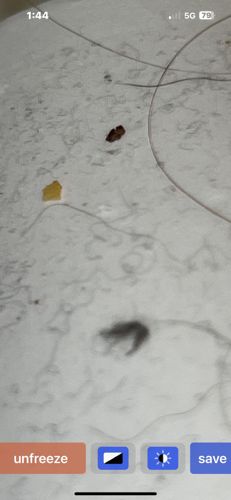Bed Bug
Scientific Name: Cimex lectularius
Order & Family: Hemiptera, Cimicidae
Size: Adult bed bugs are typically 4-5 mm (0.16-0.20 inches) in length, about the size of an apple seed. Nymphs are smaller and translucent.

Natural Habitat
Bed bugs typically infest areas where people sleep or rest, such as beds, mattresses, bed frames, headboards, and furniture near sleeping areas. They can also hide in cracks in walls, electrical outlets, and behind wallpaper.
Diet & Feeding
Strictly hematophagous, meaning they feed exclusively on blood. Humans are their preferred host, but they will feed on other mammals and birds if humans are unavailable.
Behavior Patterns
Bed bugs are primarily nocturnal, feeding on humans (or other warm-blooded animals) while they sleep. They are skilled at hiding in crevices and cracks during the day. Females lay 1-5 eggs per day, which hatch in about 6-17 days. Nymphs mature in about a month under optimal conditions, molting five times before reaching adulthood.
Risks & Benefits
Potential risks include itchy bites, allergic reactions, secondary skin infections from scratching, and significant psychological distress. While not known to transmit diseases, their presence is a nuisance. There are no known benefits to humans or the ecosystem.
Identified on: 9/2/2025